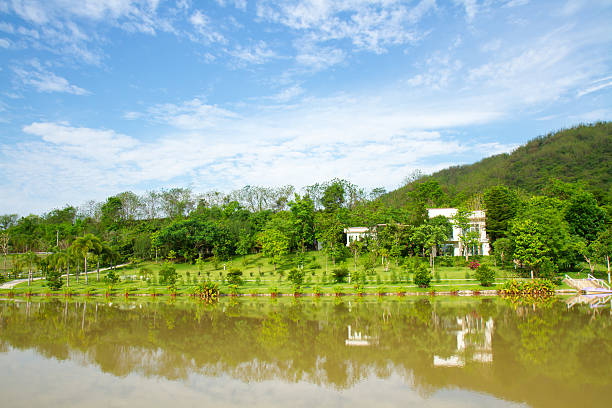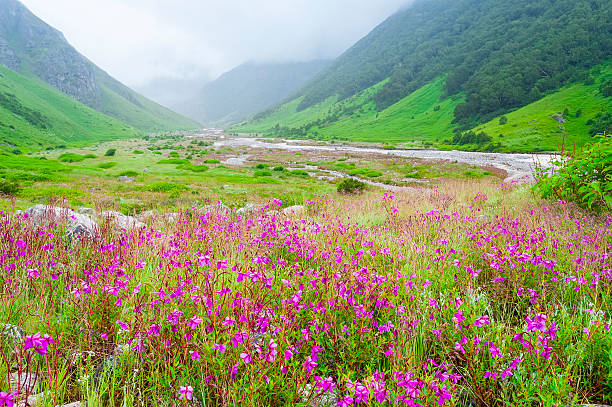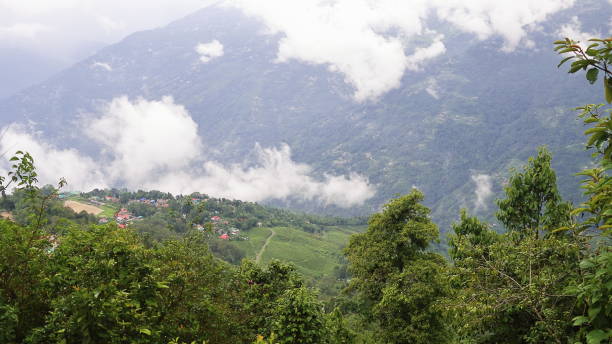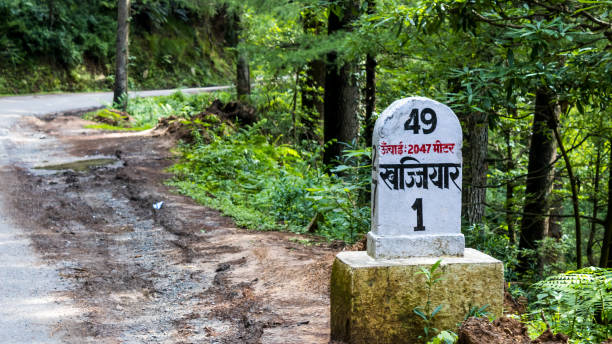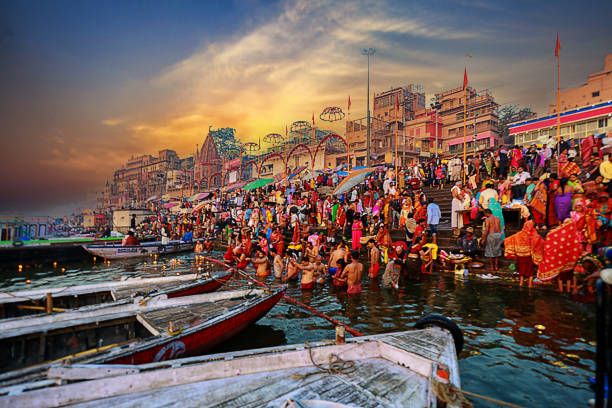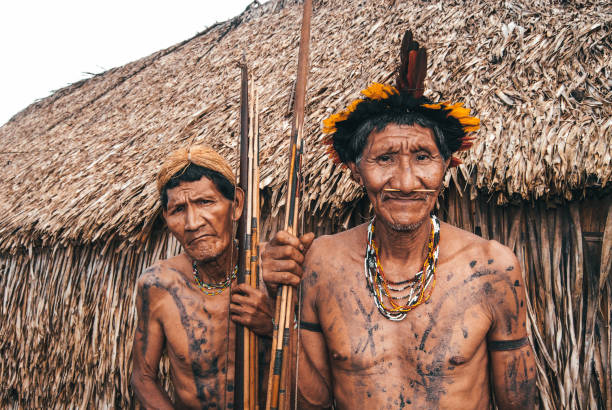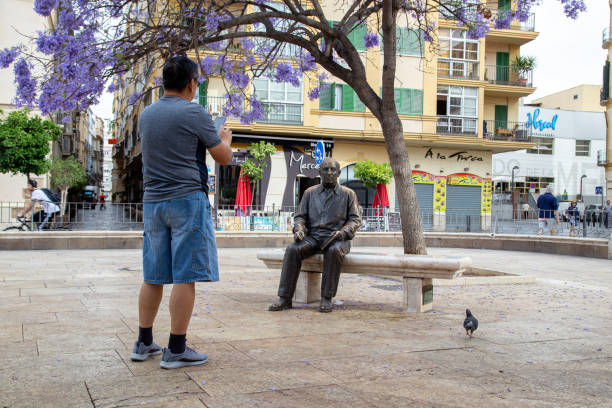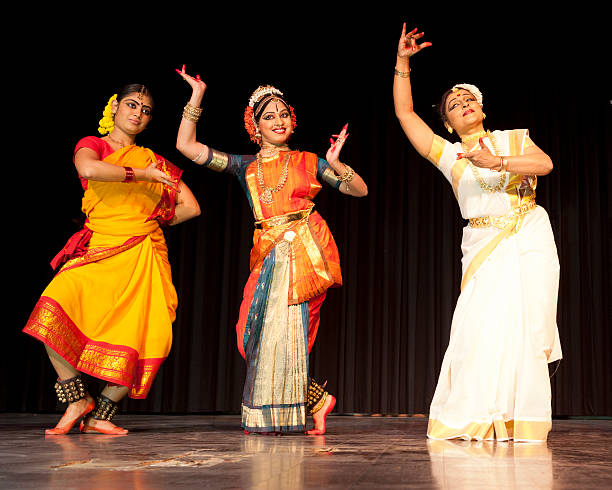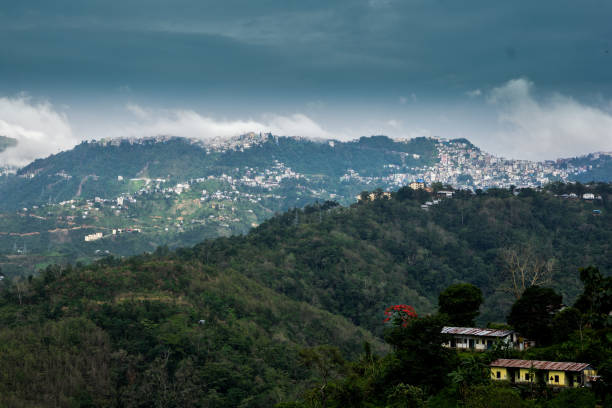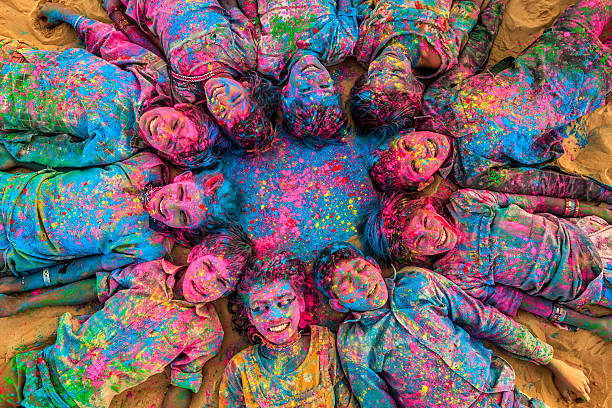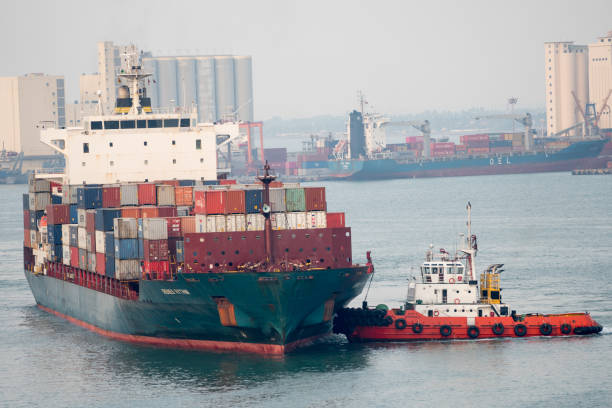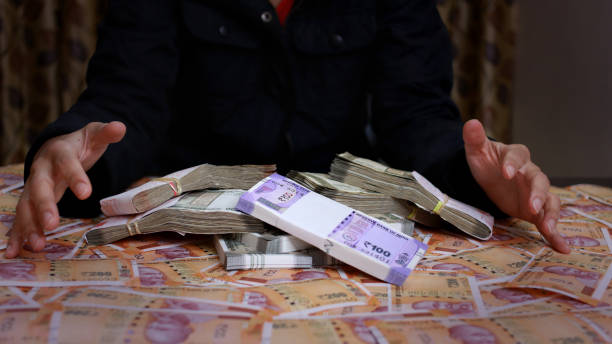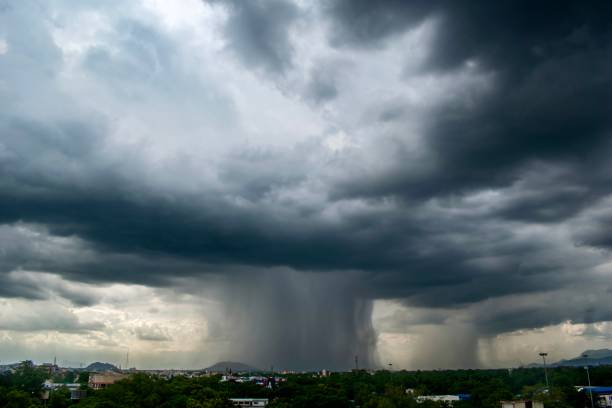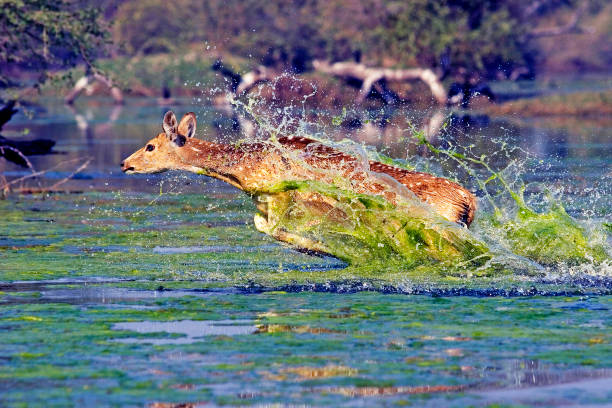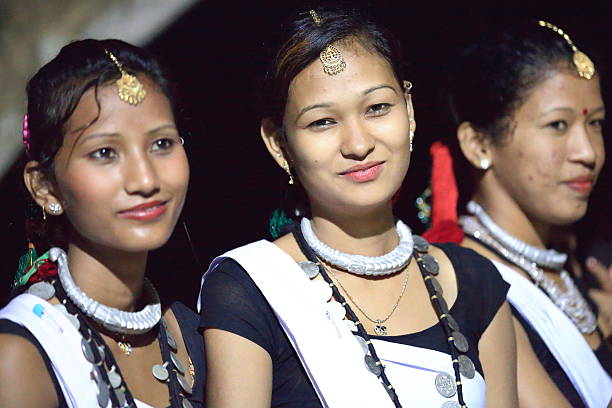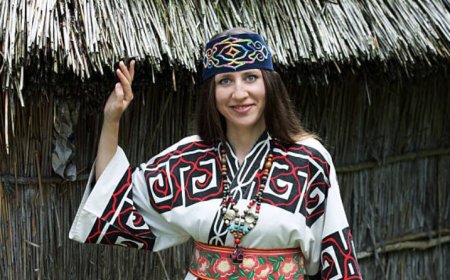Isolated Tribes of India: A Look at Groups Wary of Outsiders
Understanding the complexities behind the isolation and interactions of certain indigenous communities.
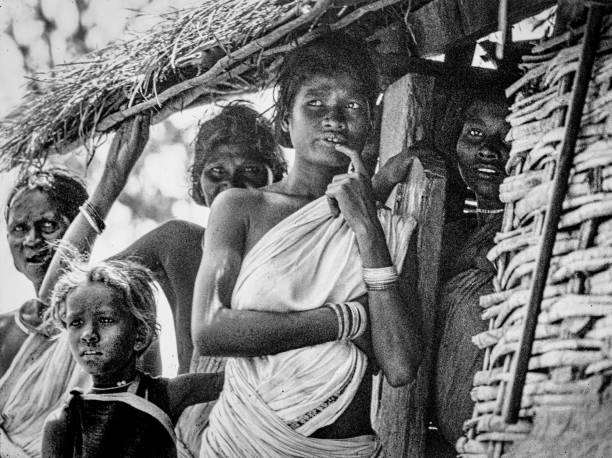
Identifying a definitive "top 7" most dangerous tribes in India is challenging due to various factors, including the subjective nature of "dangerous," the limited reliable information about some isolated groups, and the potential for mischaracterization. However, based on available information and focusing on tribes known for their isolation and hostile interactions with outsiders, here are some tribes that are often mentioned in this context:
- Sentinelese: Inhabiting North Sentinel Island in the Andaman Islands, they are perhaps the most isolated tribe in the world. They fiercely resist any contact with the outside world and have been known to attack anyone who approaches their island. Their reasons for such hostility likely stem from a desire to protect their way of life and a history of negative encounters with outsiders.

- Jarawa: Also found in the Andaman Islands, the Jarawa historically maintained a distance from outsiders and were known for their hostility. However, in recent decades, there have been some friendly interactions. Despite this, they remain a protected and isolated group, and unauthorized contact is restricted due to concerns about their health and way of life.
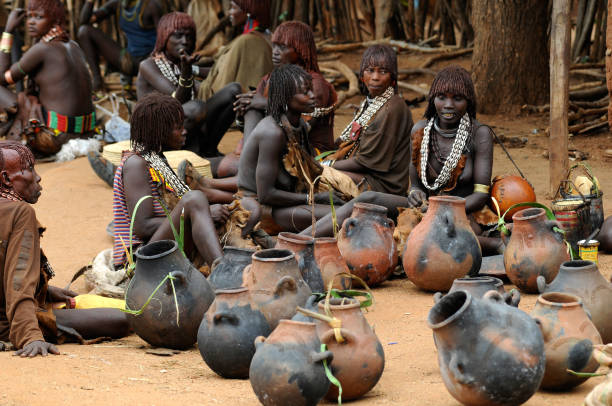
- Great Andamanese: While their current population is significantly reduced and they have a history of contact with the outside world, it's important to remember that they fiercely resisted British colonization in the past, engaging in conflicts to protect their territory. Their history includes periods of intense conflict and defense of their lands.

- Onge: Another indigenous tribe of the Andaman Islands, the Onge have also experienced a decline in population and have been settled in specific areas. While they have had some contact with the outside world and are now considered friendly, their initial interactions with colonizers were marked by conflict.

- Shompen: Residing on Great Nicobar Island, the Shompen are relatively isolated and prefer to avoid contact with outsiders. While not known for aggressive hostility like the Sentinelese, their remoteness and preference for isolation mean that interactions can be challenging.

It's crucial to understand that labeling tribes as "dangerous" can be misleading and harmful. Their wariness or hostility towards outsiders often stems from a desire to protect their land, culture, and health from potential exploitation, disease, and cultural disruption. Many of these tribes have faced historical injustices and exploitation, leading to their isolation and resistance.
Additionally, the term "dangerous" can be subjective. Some tribes might have a history of inter-group conflict or practices that could be perceived as dangerous from an outside perspective. However, information on such internal dynamics is often limited and should be approached with extreme caution to avoid perpetuating harmful stereotypes.
Focusing on the need to respect their autonomy and right to self-determination is more appropriate than labeling them as "dangerous." Efforts should be directed towards ensuring their well-being while respecting their desire for isolation.









